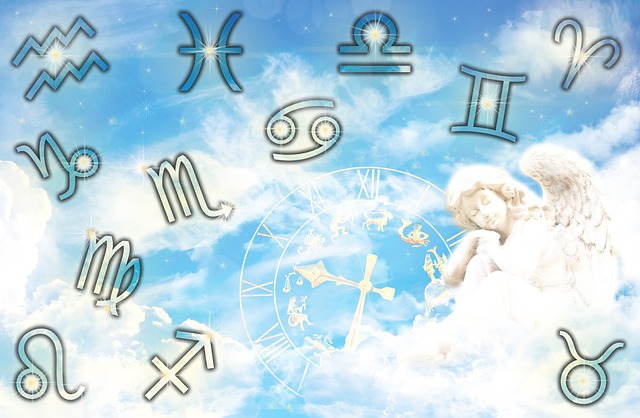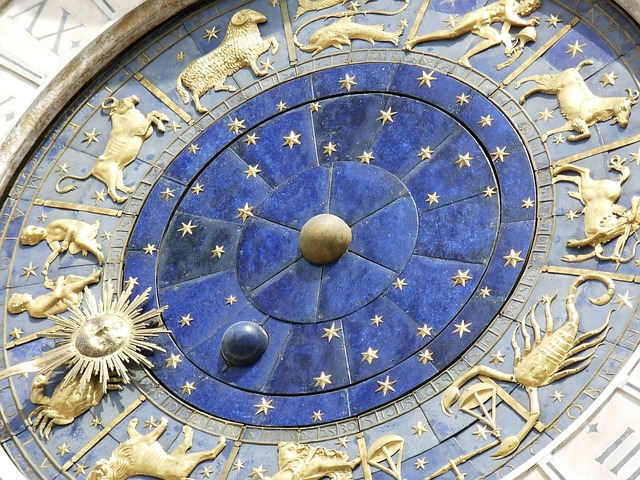The Basics of Western Astrology
Introduction:
This article explores the fundamentals of Astrology and its interconnections. Astrology is defined as “the art or practice of determining the supposed influences of the planets and their motions on human affairs and human disposition.”
From this practice, a horoscope can be generated—a diagram (or chart) illustrating the relative positions of planets and the signs of the zodiac at a specific moment, typically at the time of birth. Subsequently, a forecast can be created.
The Zodiac:
Western Astrology originated way back, around 500 BC, with a concept called the Zodiac being developed. This comprised an imaginary sphere surrounding the earth, which followed the path of the Sun through the constellations during the year. The Zodiac was split into twelve sections, each named after the specific constellation noted in that area.
Elements:
Many ancient philosophies used a set of classical elements to explain the way nature behaved. Each sign was connected to one of the classical elements (fire, earth, air, or water) and was also related to a region of focus: social, personal, or universal.
* Water signs are related to growth processes, identification, and emotion. In tandem with the other elements, water feels that fire will make it boil, air will evaporate it, but earth will shape and channel it.
* Fire signs are related to action, passion, and energy. In tandem with the other elements, fire feels that earth will smother it, water will drown it, but air will fan and enliven it.
* Air signs are related to thought, perspective, and communication. In tandem with the other elements, air feels that water will obscure it, earth will suffocate it, but fire will inspire and uplift it.
* Earth signs are related to sensation, stability, and practicality. In tandem with the other elements, earth feels that air will dry it, fire will dry it, but water will refresh and nourish it.
Modalities:
Each sign is connected to one of three modalities: cardinal (sometimes referred to as movable), fixed, and mutable.
The zodiac is divided into four quadrants, each containing three signs. Each quadrant corresponds to a season and begins with a cardinal sign, followed by a fixed sign, and concludes with a mutable sign.
Modalities and Related Zodiac Signs:
* Mutable signs are related to adaptability, resourcefulness, and holism. They are Gemini, Virgo, Sagittarius, and Pisces.
* Fixed signs are related to determination, focus, and individuality. They are Taurus, Leo, Scorpio, and Aquarius.
* Cardinal signs are related to creativity and initiation. They are Aries, Cancer, Libra, and Capricorn.
Summary of Zodiac Sign Characteristics:
* Aries (cardinal, fire, personal): defensive, energetic, head down, assertive, impulsive.
* Taurus (fixed, earth, personal): patient, indulgent, resourceful, thorough, devoted.
* Gemini (mutable, air, personal): quick, logical, inquisitive.
* Cancer (cardinal, water, personal): clinging, protective, sensitive.
* Leo (fixed, fire, social): theatrical, generous, proud.
* Virgo (mutable, earth, social): critically, practical, efficient.
* Libra (cardinal, air, social): lazy, co-operative, fair.
* Scorpio (fixed, water, social): anxious, passionate, sensitive.
* Sagittarius (mutable, fire, universal): careless, free, straightforward.
* Capricorn (cardinal, earth, universal): suspicious, prudent, cautious.
* Aquarius (fixed, air, universal): detached, democratic, unconventional.
* Pisces (mutable, water, universal): distracted, imaginative, sensitive.



